Tartu’s 3 Absolute Treasures
If Tallinn is the popular face of Estonia, then Tartu is its heart and soul, steeped in history and tradition. Situated between the former and Riga, and with plenty of connections to both, it offers something different from the glamorous walled old towns of the Baltic capital cities.
More than 80 per cent of the people who live in Tartu are Estonians, compared to 55 per cent in cosmopoli-Tallinn, and I found fewer tourists on the streets (no hens and stags too, thank goodness). Instead, students make up a large part of the people I came across, at least during the academic year. English is more useful than Russian in Tartu, and it worked where my weak command of Eesti keel failed me.
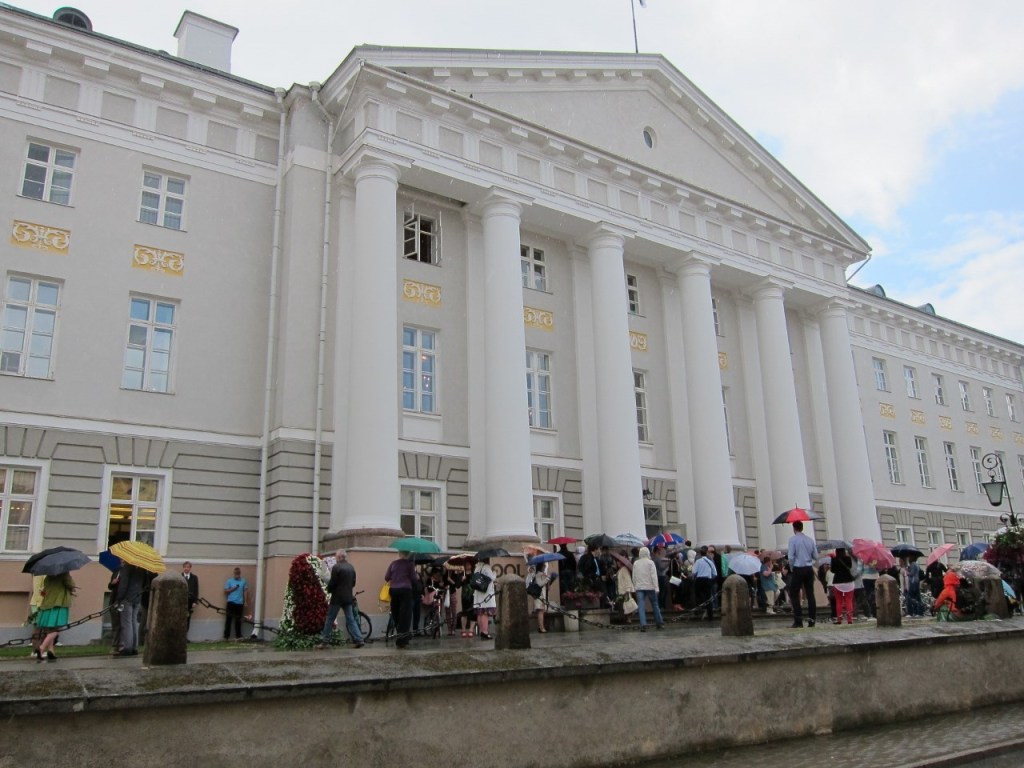
Tartu University
Tartu ülikool is the country’s oldest and most prestigious university, and the city centre is interspersed with its buildings. Or is it actually a university with a city built around it? After a few hundred years it’s hard to tell, but I would love to have studied in such a place. A late dash to the Reserved store to get a rain jacket is not only possible, it’s achievable. And hanging out with friends at the pub is an option I’d propose very often.
In contrast, my alma mater was 20 minutes from the nearest shoppping mall by public transit, light-years from home for most of the student population, and we worked our timetables to travel as little as possible. Need to get new clothes after a disastrous lab or workshop session? Forget it.
You’re constantly reminded that you’re never far from a place of learning, or some adolescent shenanigans. The statues of great students, scientists and thinkers dot the banks of the Emajõgi and Toomemägi, the green hill adjacent to the city that is its main attraction. Young faces fill the galleries and cafes (but not the churches) and greet you when you enter. And free public wifi is everywhere in the centre, putting it firmly in the 21st century.
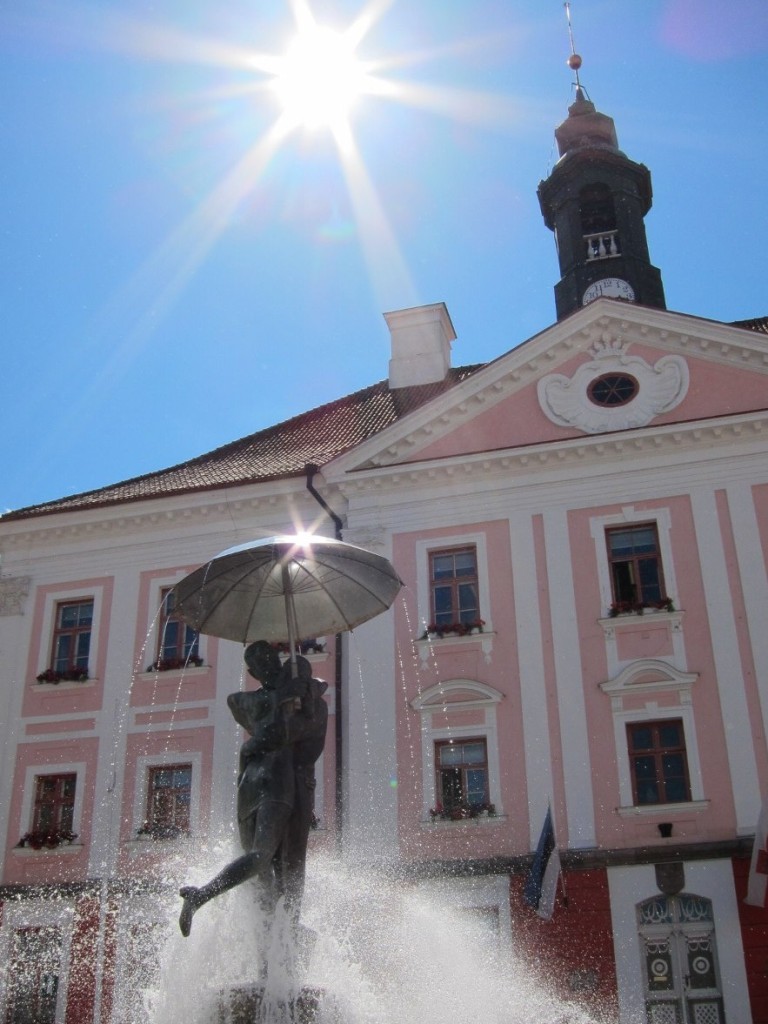
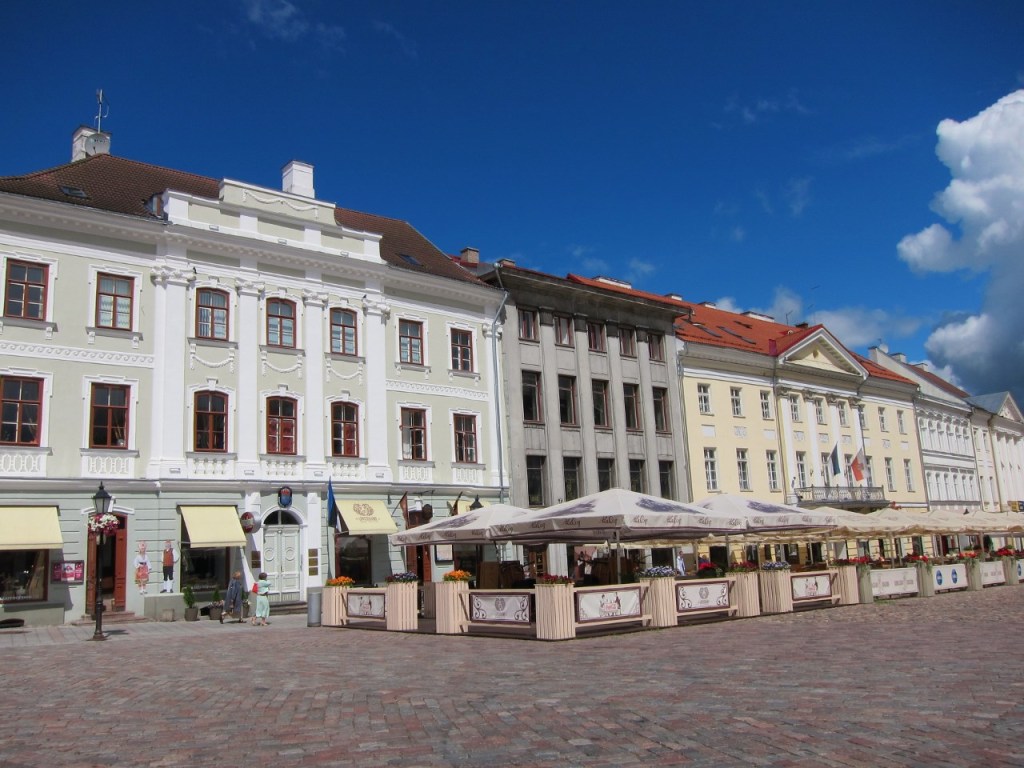
Graduation
It was graduation day for another batch of students when I was in town. Smartly-dressed graduates carrying bouquets and their family members surrounded the main entrance. From the outside, however, it looked like a dignified affair. I’m sure they still had as much fun as my classmates and I did at our convocation, even without the gaudy Harry Potter gowns and the mortarboard-throwing silliness.
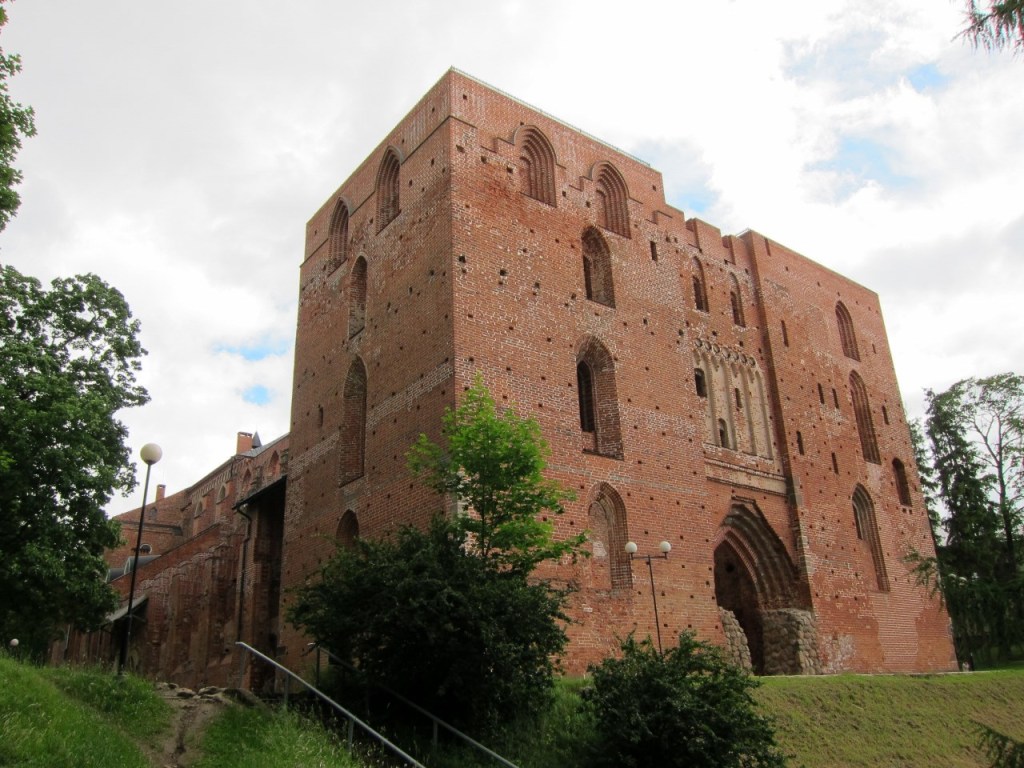
Old stones and the occasional young stoner come together on Toomemägi, a pleasant green space which overlooks the city. It’s dotted with the aforementioned sculptures, fabled bridges and the ruins of St Peter’s cathedral.
Observatory
The old Dorpat Observatory was quite possibly the highlight of the hill, and it’ll captivate astronomy geeks for hours. I took a guided tour with a young researcher who was chirpy for an Estonian. I was introduced to what was once the world’s largest telescope and many other wonderful instruments that I was afraid to touch or trip over. There are some hands-on exhibits too. Some evenings, the dome opens up for night sky viewings.
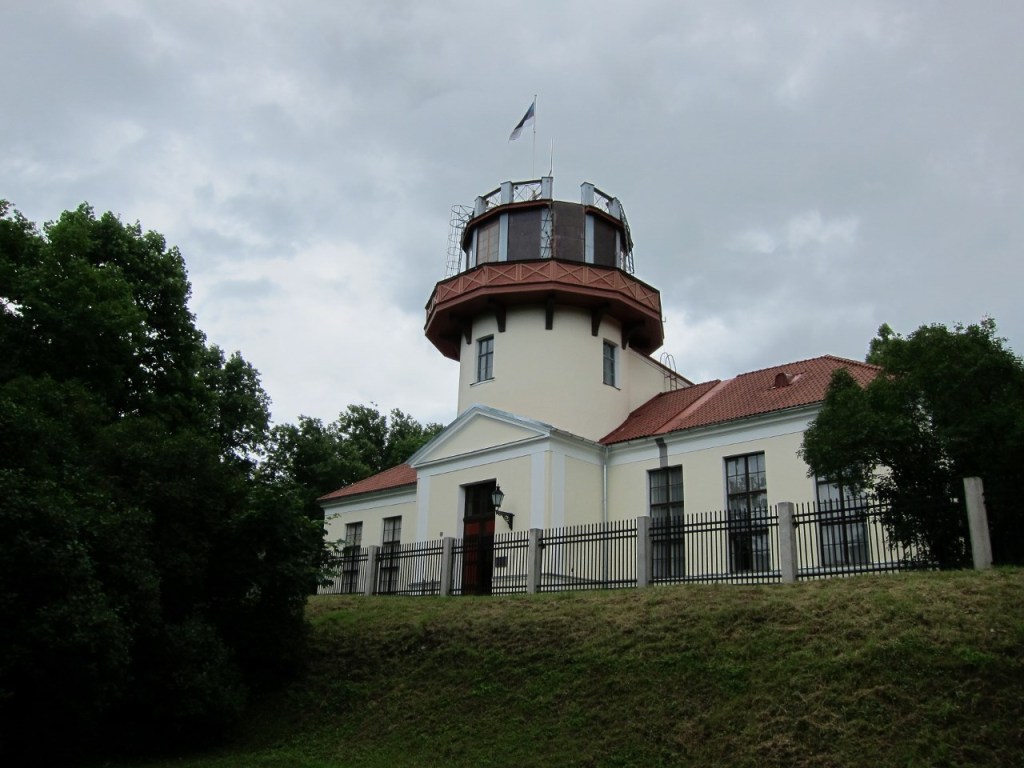
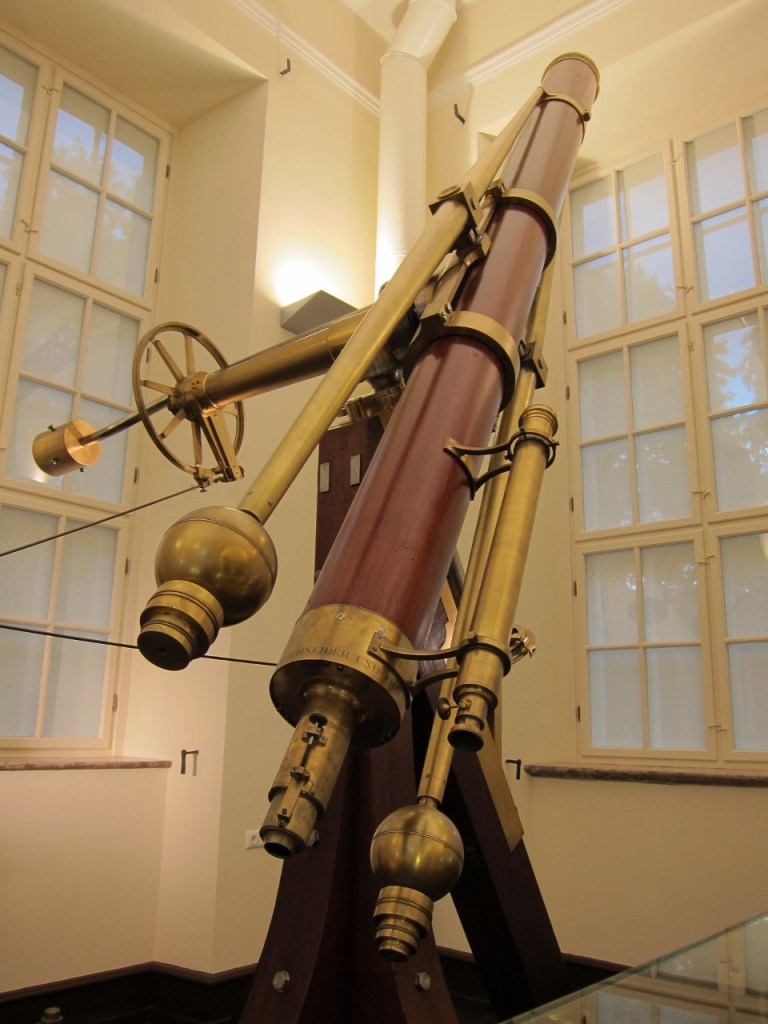
Elsewhere in the building, you’ll find more national and world heritage treasures, like the Struve Geodetic Arc. This was where Friedrich Georg Wilhelm von Struve worked and taught.
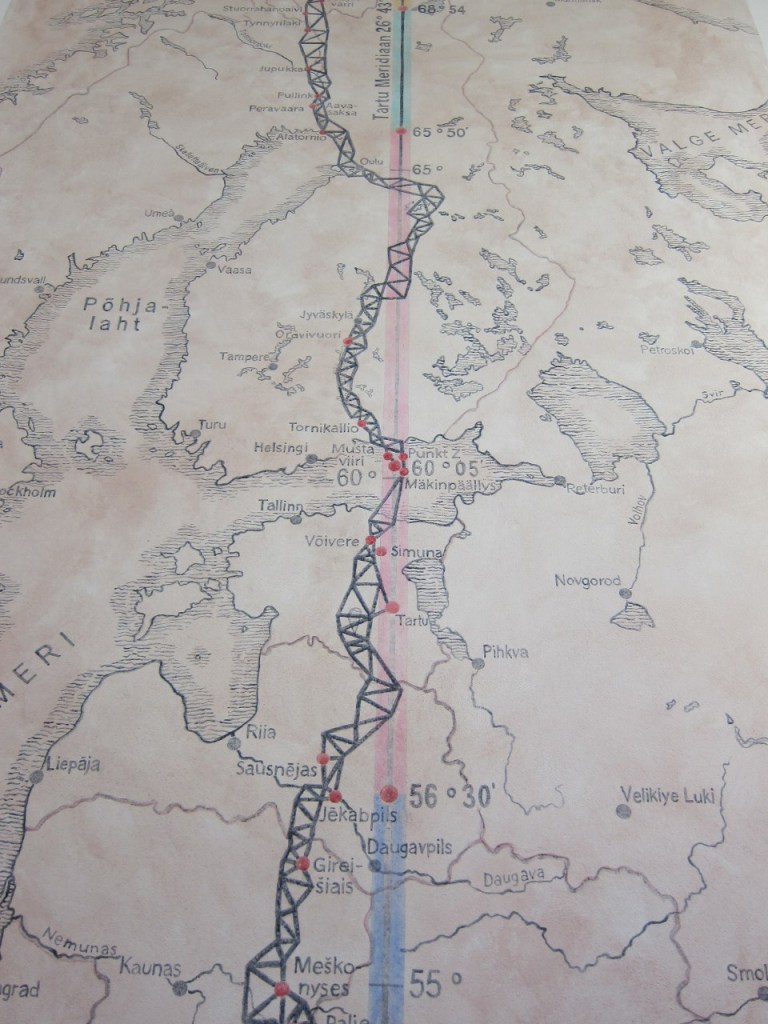
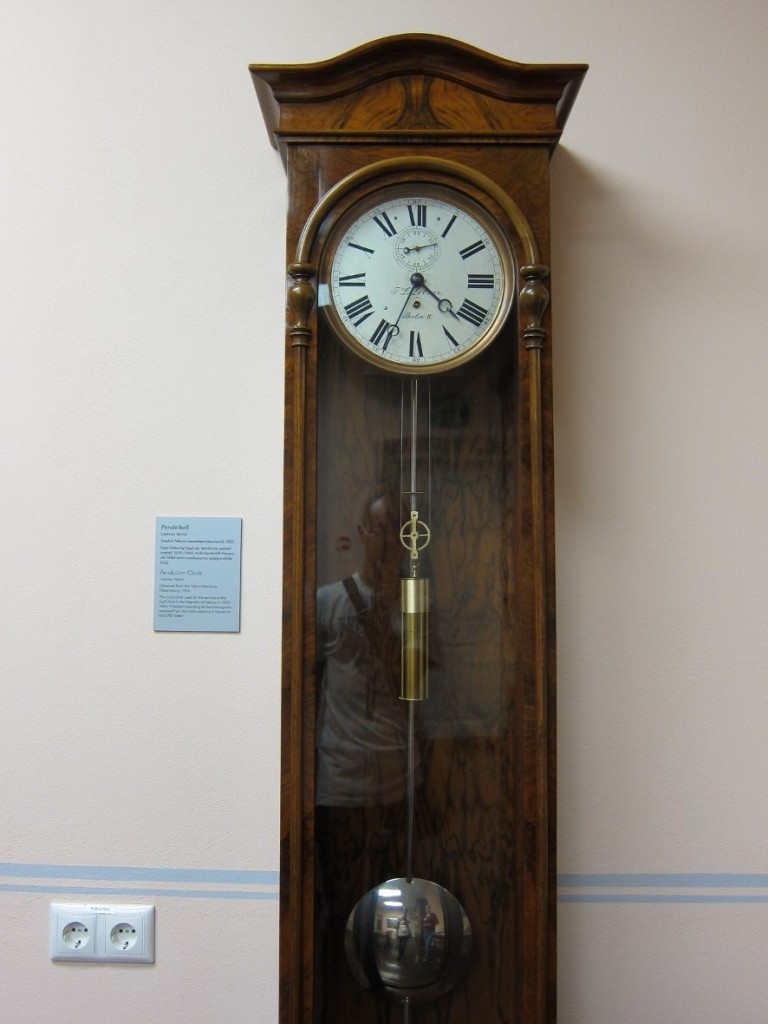
Supilinn
The neighbourhood of Supilinn lies just north of the hill, and it’s worth the jaunt for the wooden cottages that you won’t see in urban Tallinn. Many of them pre-date the Soviet occupation, to the days when the area was a slum. The situation is rather different now, as indicated by the cars parked on the streets. It’s still peaceful and not gentrified by any stretch of the imagination.
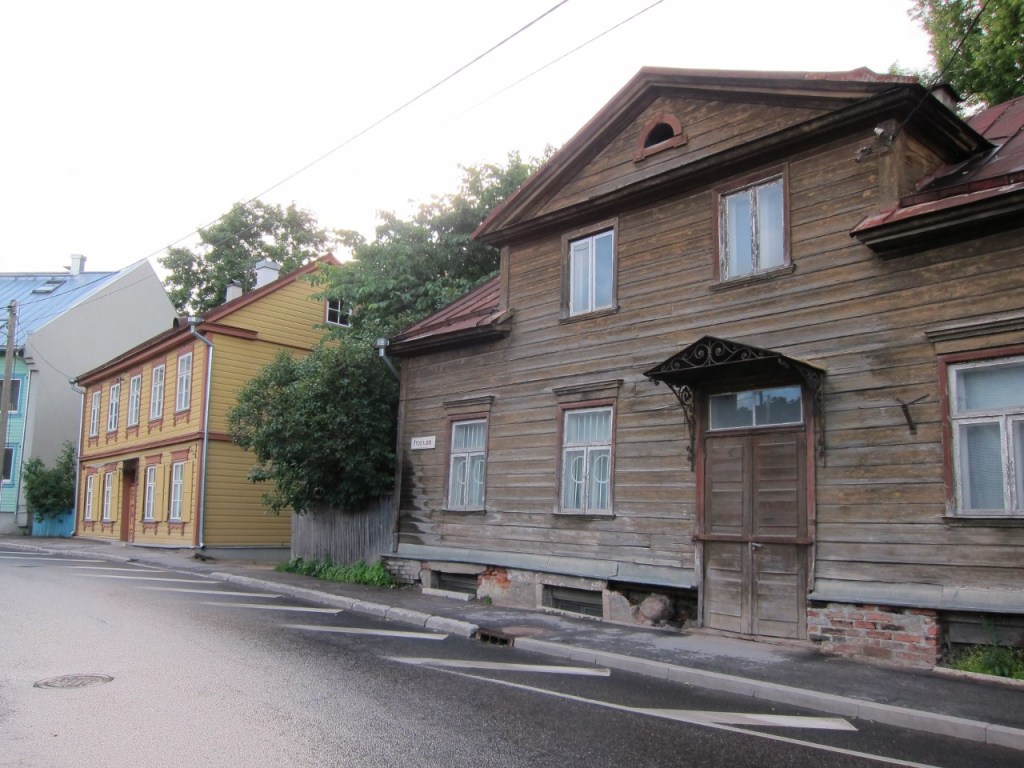
The neighbourhood follows the river, and it’s a very different world just a 20-minute stroll from the city centre. It was here where I encountered some kids on a traditional Estonian swing and joined them.
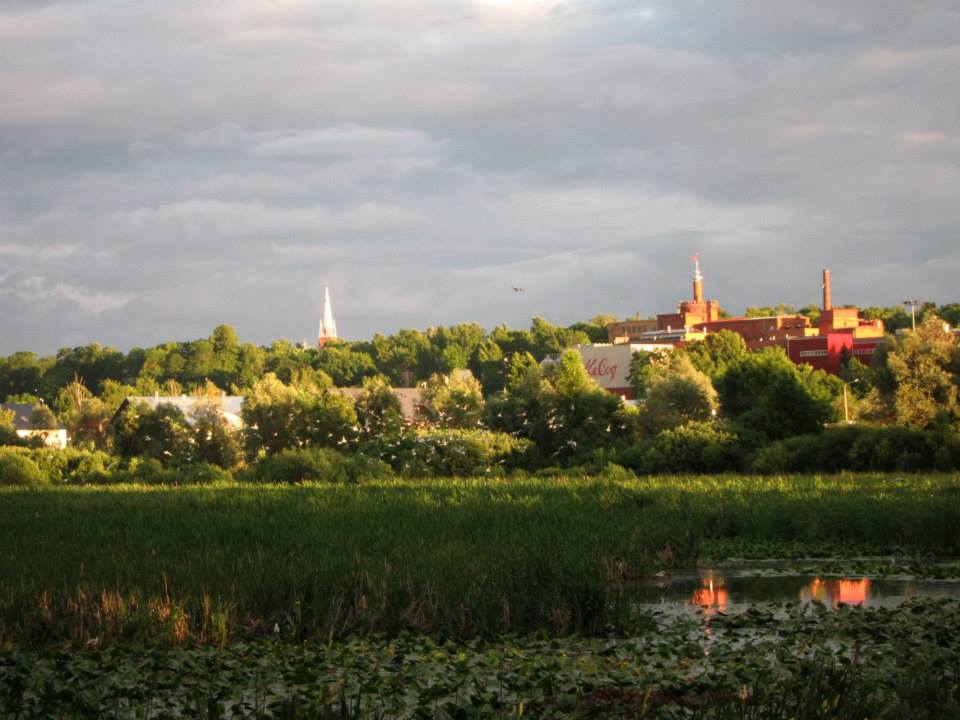
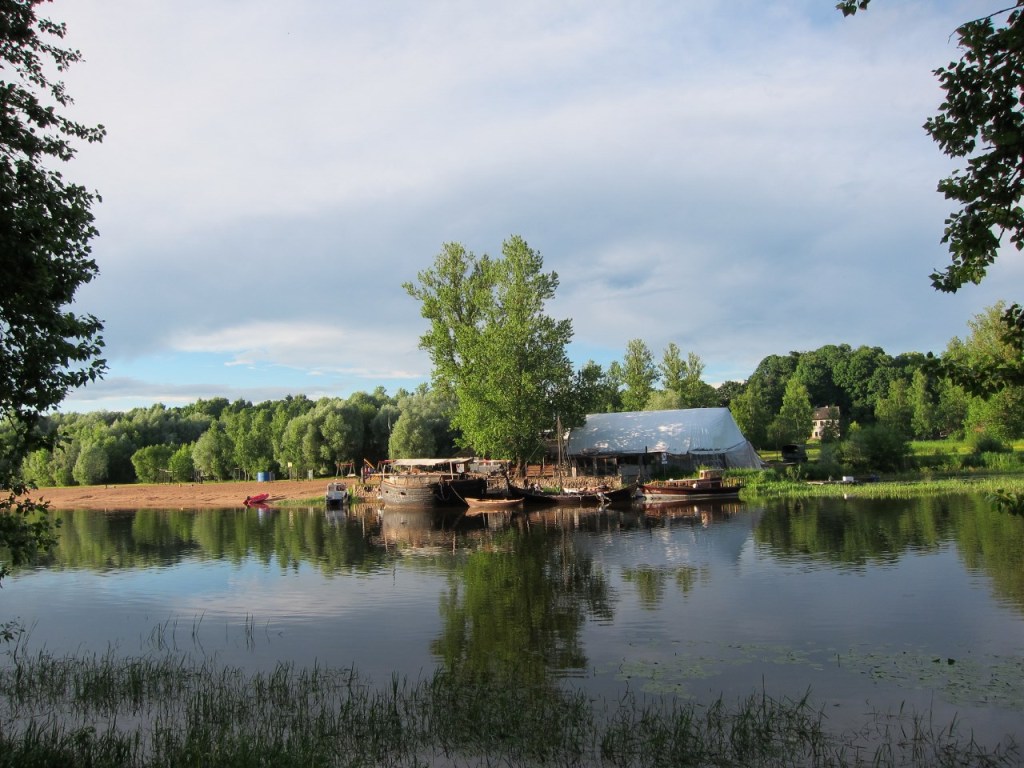
Song Festival Grounds
Historically it’s very significant as this was also the venue of the first song festival in 1869. The Song Festival Museum is not far from here too The latter’s a fantastic place to learn about the tradition that was part of a national awakening and united people during the Soviet occupation. I’d never known anything like The Singing Revolution of the late 1980s.
Sitting in the middle of the empty arena, it seems tiny compared to the size of the present day festival venue in Tallinn, but it’s hard to imagine 20,000 people singing Mu Isamaa on Minu Arm in unison without stirring inside. Just play the video if you can’t, and maybe you’ll wish you could attend the festival.
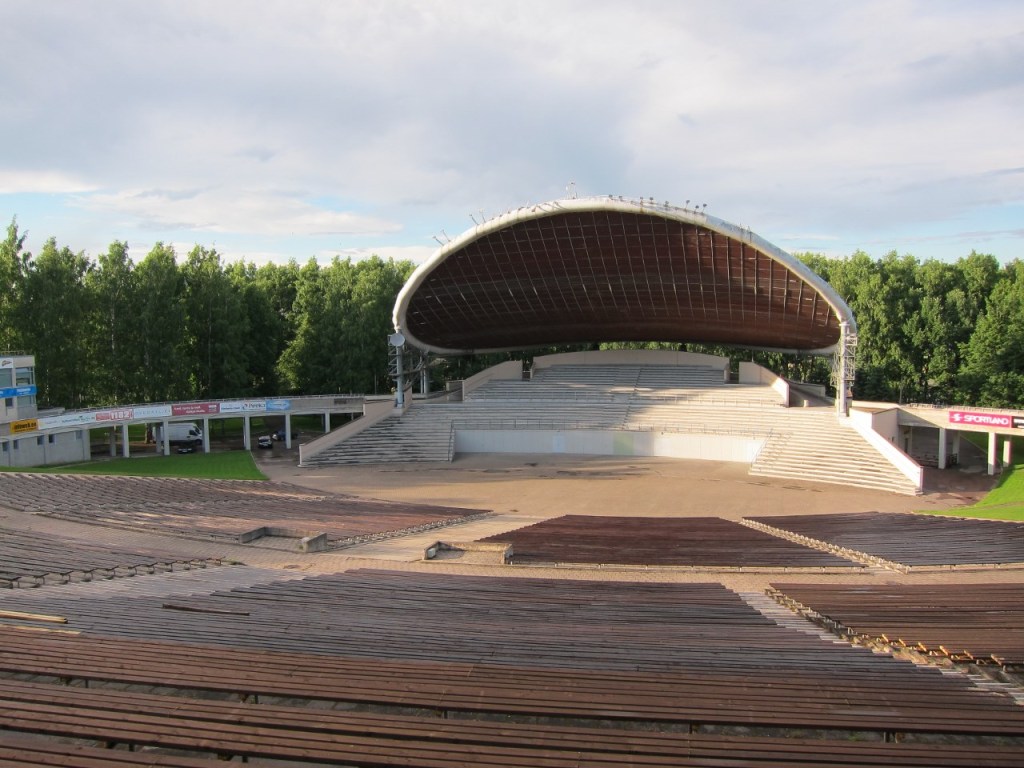
For more of Estonia, visit Pärnu or Saaremaa island